
Symbols Beyond Decoration: New Research Decodes the Visual Language of Karaz Pottery
At first glance, Karaz pottery looks restrained—almost austere. Dark surfaces. Limited color. Repeating forms.But that first impression is deceptive. Look closer, and those vessels begin to speak. According to a new doctoral study, the motifs covering Karaz ceramics were not added merely to decorate everyday objects. They formed a visual language, developed and understood within

Not Italian, but Anatolian: The Marble of Otto the Great’s Sarcophagus Traced to Marmara Island
For centuries, the monumental tomb of Otto I, known as Otto the Great, has stood at the heart of Magdeburg Cathedral as one of Europe’s most powerful symbols of medieval authority. Now, new scientific analyses have revealed that a crucial element of this imperial monument is not European at all, but Anatolian in origin. Experts
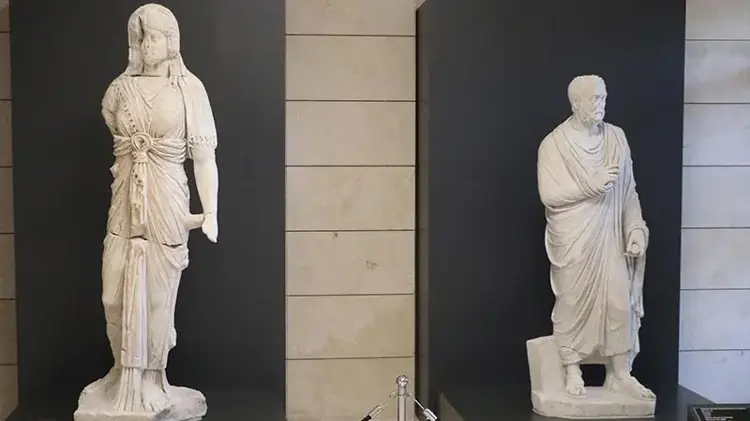
Sculpted Faces from Ancient Lykos Meet Visitors in Denizli
Stone faces shaped nearly two thousand years ago are once again meeting the public—this time in modern-day Denizli. A new exhibition titled “Faces of Lykos” has opened its doors, bringing together some of the most striking sculptural finds uncovered in the ancient cities of western Anatolia. Hosted at the Nihat Zeybekci Congress and Culture Center,

Mysterious Spherical Stones Found Near the Iraq Border in Eastern Türkiye Remain Unexplained
Unusually shaped spherical stones uncovered during road construction works in eastern Türkiye remain scientifically unexplained three years after their discovery, prompting renewed calls for formal academic investigation. The stones were discovered in the Aktütün area of Şemdinli district in Hakkari Province, close to the Türkiye–Iraq border, during a road-widening project carried out approximately three years

Troy to Take Center Stage at Rome’s Colosseum in Major 2026 Exhibition
In 2026, one of Anatolia’s most enduring stories will unfold at the very heart of ancient Rome. A comprehensive exhibition dedicated to Troy, the UNESCO-listed archaeological site in northwestern Türkiye, will be hosted at the Colosseum Archaeological Park in Rome, one of the most visited heritage complexes in the world. The announcement was made by
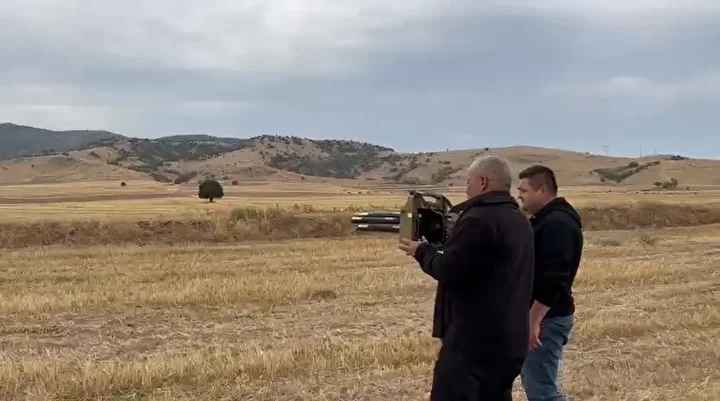
How the Crusaders Were Defeated in Anatolia: New Evidence Reveals the Route and Fortress of the Battle of Merzifon
For centuries, the defeat of the Crusader armies in Anatolia in 1101 has been known largely through fragmented medieval chronicles. Now, new archaeological and historical research in northern Anatolia is transforming that narrative. Scholars working in the Amasya–Merzifon region say they have identified the precise route taken by the Crusaders—and the strategic fortress where their
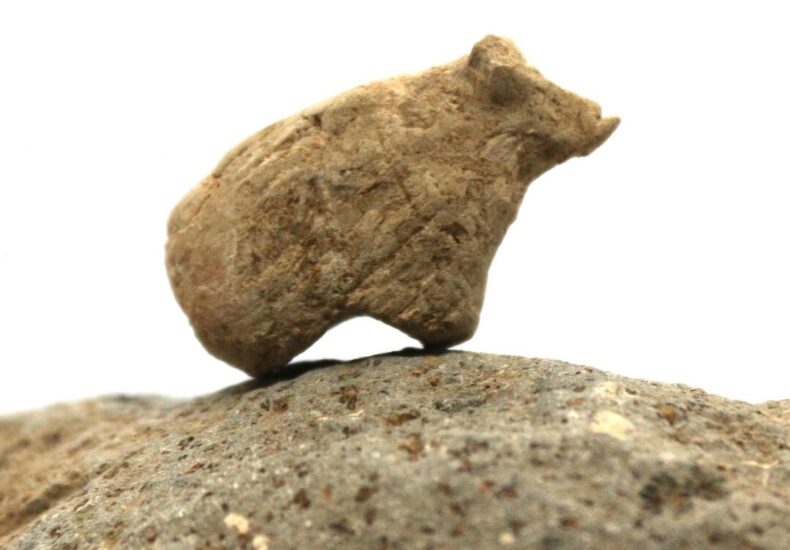
The 9,000-Year-Old Figurines of Gürcütepe Illuminate Life After Göbeklitepe
The first light over the Harran Plain has a way of turning everything into pale gold. From a distance, Gürcütepe looks like nothing more than a gentle rise in the landscape—quiet, unassuming, easy to miss. Yet beneath its surface lies one of the most revealing chapters in the story of how early societies redefined themselves
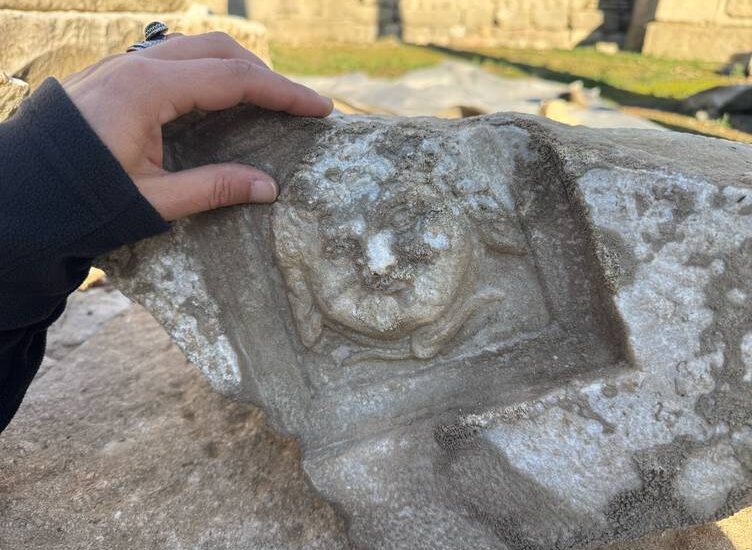
A Smiling Medusa Discovered in the Ancient City of Amastris on Türkiye’s Black Sea Coast
Archaeologists working in Amasra have uncovered a highly unusual depiction of one of antiquity’s most iconic mythological figures. A Medusa carved not with a terrifying expression, but with a gentle, almost smiling face has been found among the ceiling coffers of a monumental Roman stoa. The discovery offers a new perspective on the artistic choices
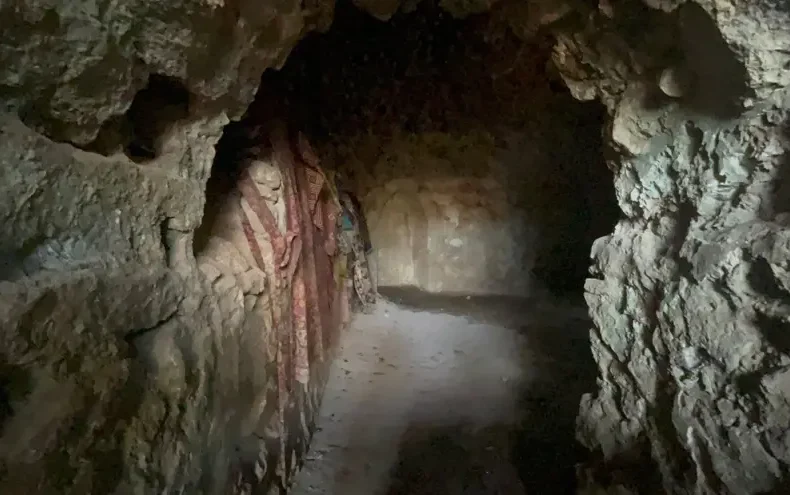
Hikers Stumble Upon a Mysterious Underground Mosque of Unknown Date in Batman’s Gömek Plateau
What began as a routine nature walk in the rugged highlands of Batman turned into one of the region’s most unexpected heritage discoveries in recent years. A group of hikers and local villagers exploring the Gömek Plateau near the dramatic ravine known as Cehennem Deresi happened upon a narrow opening in the rock face. What
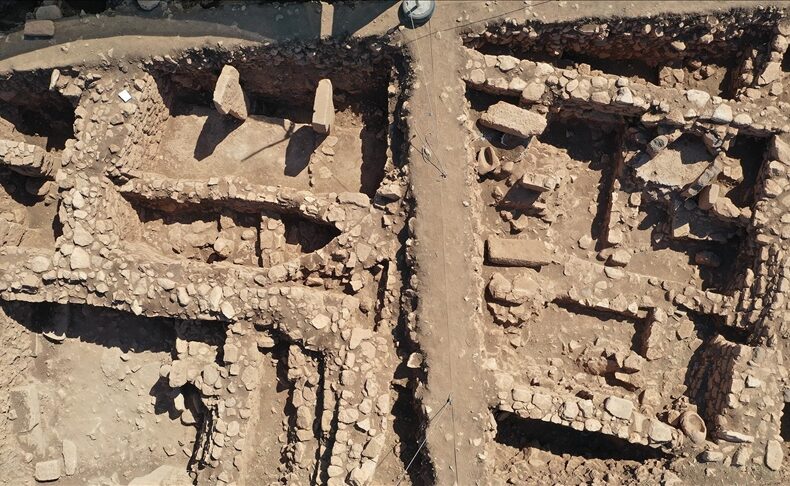
A Newly Identified Boar Piglet Engraving Emerges from Sefertepe’s 2025 Excavations
The 2025 excavation season at Sefertepe, a rapidly emerging Neolithic site within the broader Taş Tepeler landscape of southeastern Türkiye, has brought to light a striking example of early symbolic expression. During ongoing fieldwork directed by Assoc. Prof. Dr. Emre Güldoğan of Istanbul University’s Department of Prehistoric Archaeology, researchers identified a finely incised depiction of
